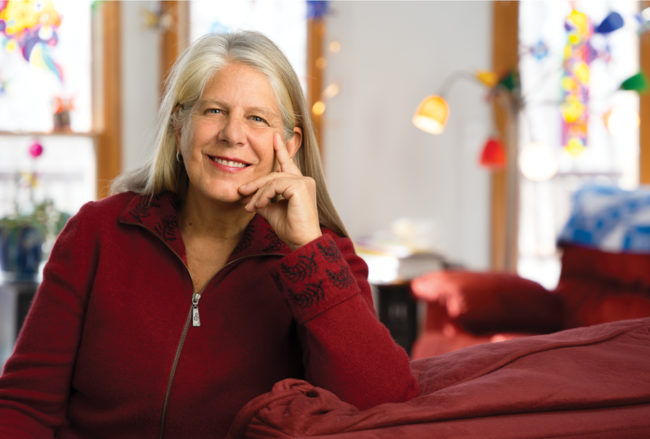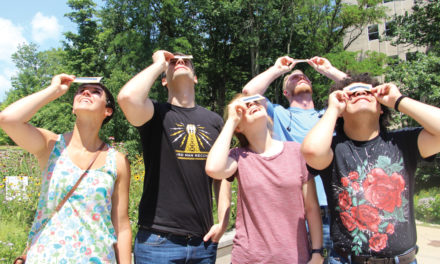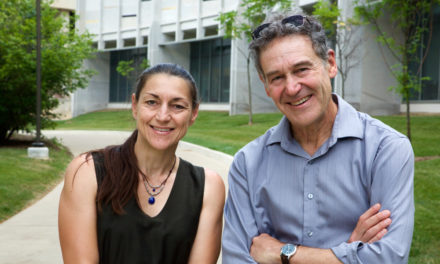
by SUSAN M. BRACKNEY
Bloomington’s Jill Bolte Taylor is a veritable brain whisperer. The Harvard-trained neuroanatomist survived a stroke, painstakingly recovered her brain function, and shared the experience via her 2008 New York Times bestseller, My Stroke of Insight. A popular TED Talk soon followed.
“I end that talk by saying, ‘We have the power to choose, moment by moment, who and how we want to be in the world. And we have more power over what’s going on inside of our brains than anybody has ever given us credit for,’” Taylor recalls.
More than 300,000 viewers subsequently emailed Taylor. “They asked, ‘What does that mean and how do I do that?’” she says. In response, Taylor wrote the forthcoming Whole Brain Living: The Anatomy of Choice and the Four Characters That Drive Our Life (Hay House Inc.), which will be released this May.
“It’s kind of a roadmap to what’s going on inside of your head,” Taylor explains.
Many people know that the brain’s left hemisphere is language- and logic-dominant while the right is dominant regarding creativity, emotion, and intuition. In fact, the brain’s left and right hemispheres each have sets of these modules which Taylor dubs Character 1, Left Thinking; Character 2, Left Emotion; Character 3, Right Emotion; and Character 4, Right Thinking. Post-stroke, she developed a more intimate understanding of her own four characters. “I shifted completely into the right brain [modules] and slowly had to rebuild,” she says. “I lost the emotional character of my left brain—that character had all of my emotional past. I also lost my thinking, rational brain and the character that goes with that.”
“We all have these characters,” she says. “They all come out to our own unique recipe of who are we.” In other words? Some people may rely more on, say, left thinking or left emotion. Others might more frequently settle into right-side characters. But striking a healthy balance between all four—and leveraging their strengths when appropriate—is ideal. “You can understand not just your own four characters, but now imagine recognizing those different characters in others,” she says. “That’s powerful!”





